Preschoolers are not too young for bullying. After the age of 3 the brain is developed enough to understand someone else’s point of view. At this stage of development, toddlers can recognize feelings in peers and be empathic. So, yes, preschoolers are capable of bullying. It might happen only to get attention, but the “wait and see” approach won’t help. Bullying should not be ignored. Little kid bullying is surprising, we often dismiss it.
Is it bullying or just a conflict?
Conflict is a disagreement that may turn into a fight. Bullying is a behavior with the intent to hurt someone’s feelings and self-esteem. During a conflict, both peers are unhappy and fighting over a situation, for an example: fighting over a toy that both want to play with. Bullying usually happens with an imbalance of power and the intention to harm. Bullies typically enjoy seeing the other child feeling unsafe and afraid. Bullying is recurrent and aimed towards a specific person (or group). It can cause anxiety, fears and undermines self-esteem.
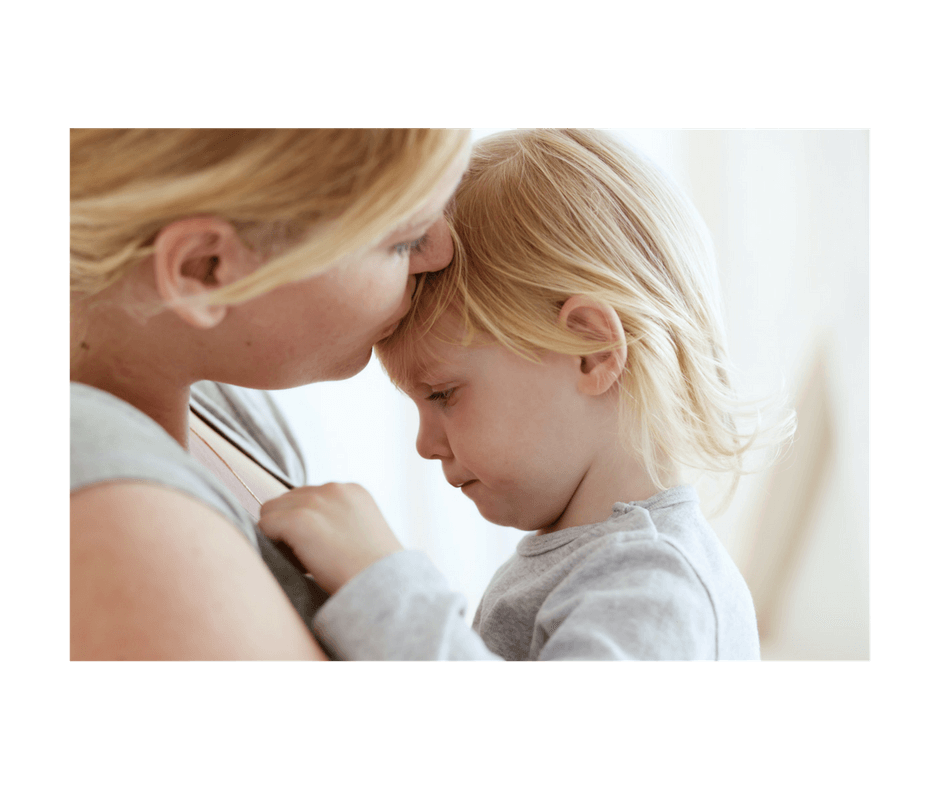
Bullying can happen in preschool, and it very often does. So, how can parents deal with the situation?
- Look for signs.
- Talk, talk, talk
- Your preschooler is being bullied. Now what?
- My child is the bully. What to do?
1. Look for signs
If your child:
- Doesn’t want to go school
- Shows injuries and say things like “I don’t remember how I got hurt
- Has frequent nightmares
- Has decreased self-esteem and says things like “no one likes me”
- Says that is feeling sick before being dropped off at playdates or preschool
- Tells you often that one kid is being mean to her
There might be bullying.
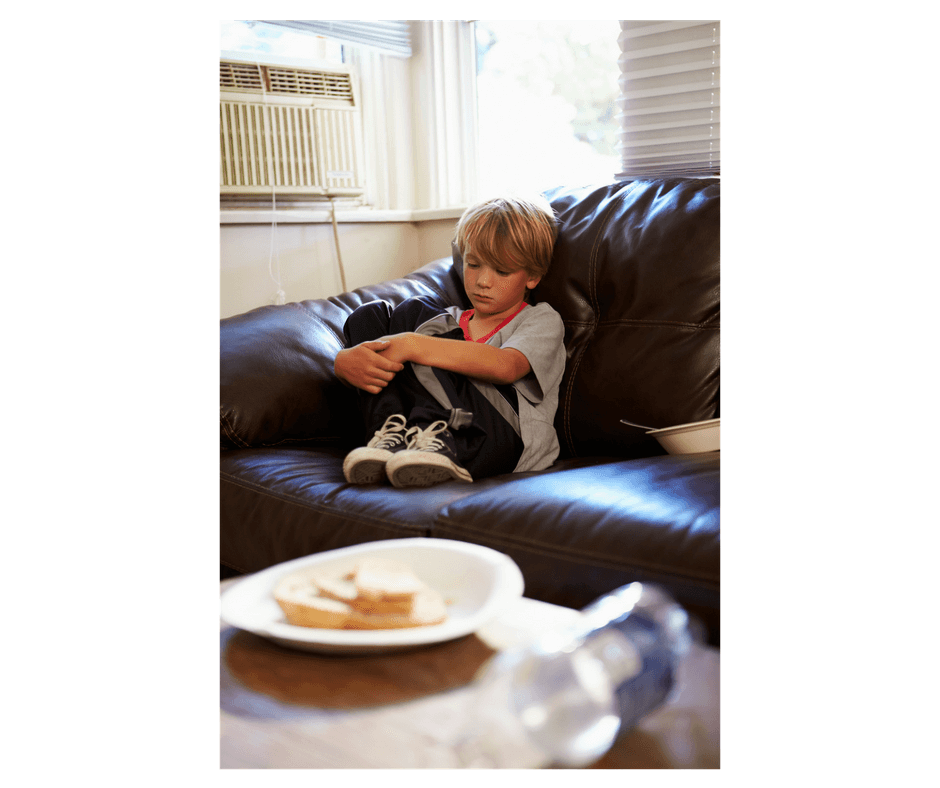
2. Talk, talk, talk
Communication is always key with parenting. Ask your child how her day was at preschool. Ask about friends and playtime. Let your child feel safe and always reassure that you can help. “If you tell me what’s going on, I am sure I can help you”. If your preschooler tells you about the situation and you understand that she is indeed being bullied, stay calm and don’t be judgmental. The more supportive you are, the more details you will get. Very often young children can’t put into words what is really going on. She just knows that she is feeling bad. To help, you can ask questions like “Did someone hurt you?” “Can you tell me exactly how it was?”. Try to make a casual conversation and pick a place where your child feels comfortable. Don’t interrupt. Listen and wait for pauses to ask questions.
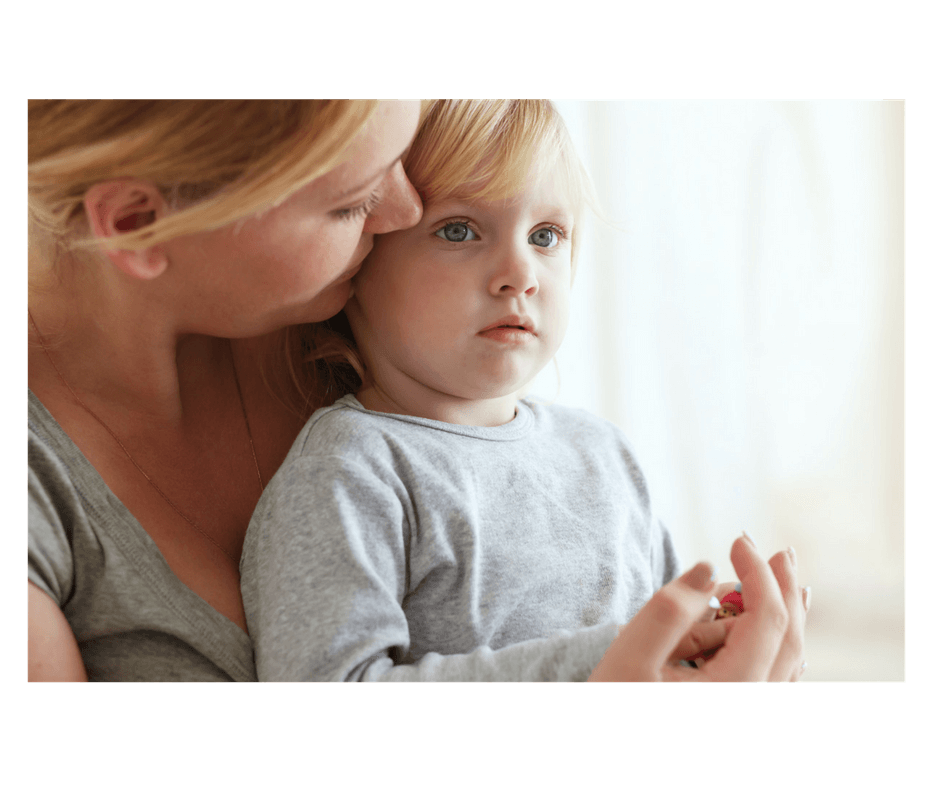
3. You detected that your preschooler is being bullied. Now what?
- Help your child to know how to respond. Teach how to stand tall and be brave. Look the bully in the eye and say “STOP THAT!”. Pretend play is a wonderful way to practice. Pretend you are the bully and empower your child to respond. Practice what to do to when she is approached.
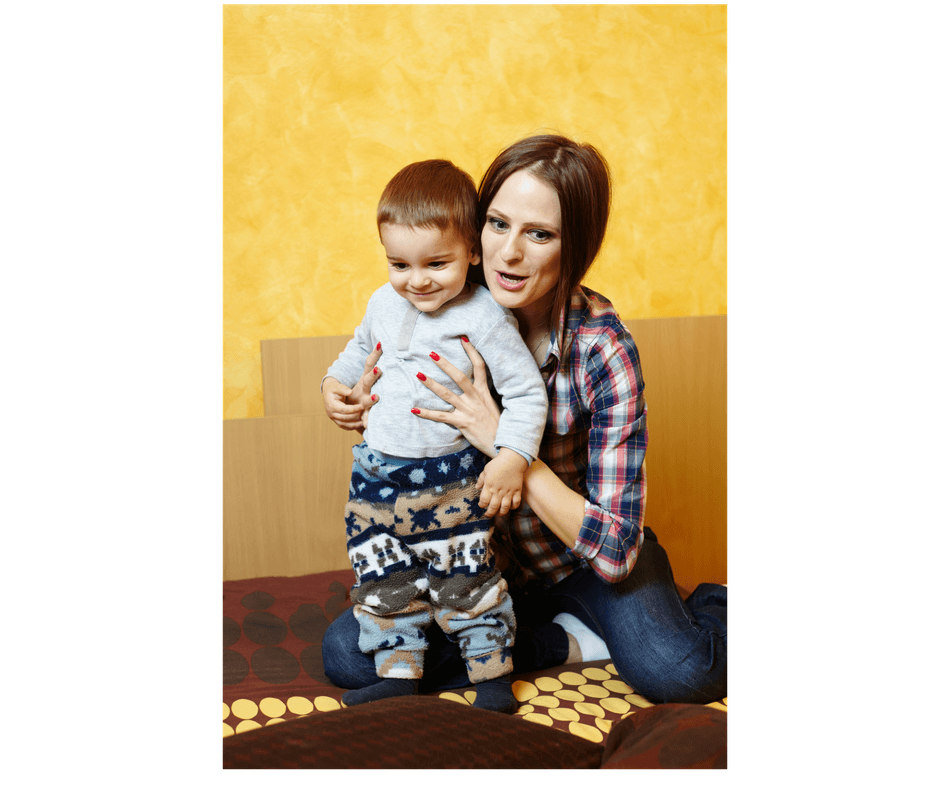
- Help your preschooler to make more friends. Schedule playdates with neighbors and children from out of school. This will help your child build confidence and self-esteem.

- Teach your child to ask for help. Adults can help. Reassure that you are there for her and let her know that she can trust the teachers.
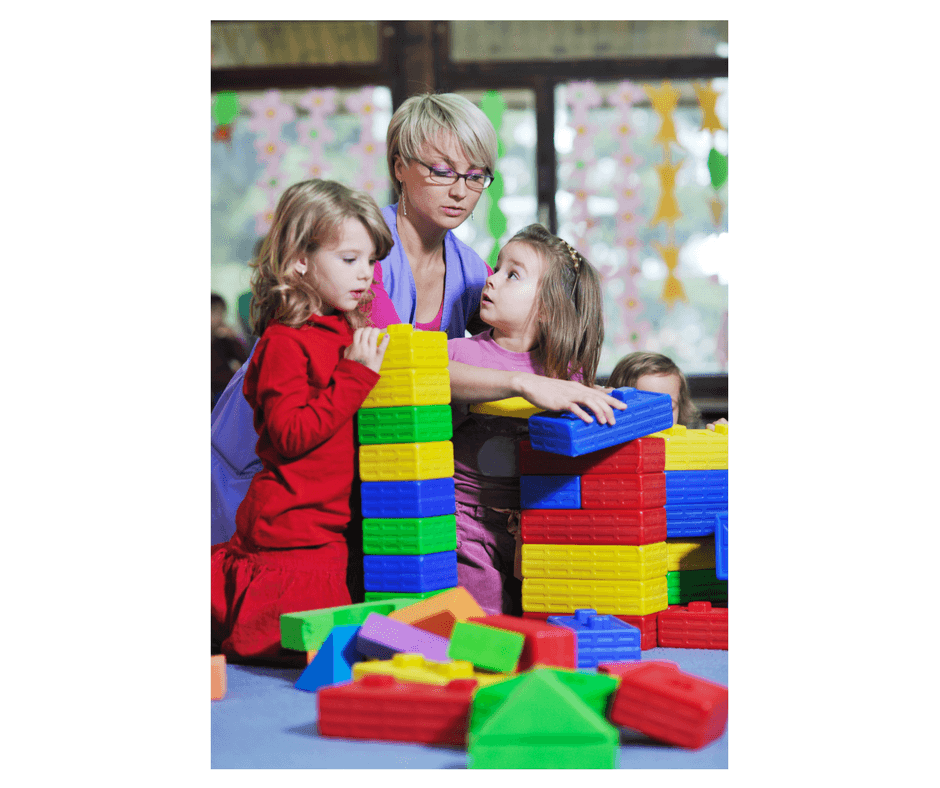
- Ignore the bully. One cognitive behavioral technique studied by researchers involving children being teased, helped them to understand that they have the power to “unplug” their machine and not allow those teasing them to get a reaction or press their buttons anymore. The core of the program involves the practicing of three structured ignoring tasks: P. Z. W. Where P represents “play it cool”. This involves taking careful note of their own facial appearance and body posture and presenting a relaxed and no aggressive appearance. The Z stands for “zip the lip”. This essentially involves not responding with any verbally aggressive response. W stands for “walk away”. [1]

- Take action yourself: set up a meeting with the preschool or daycare. Bullies often understand that the behavior is not acceptable and try to hide. So, it is common that the teacher is not aware of the situation. Let her know and give her a little time to deal with it. If nothing has changed after a little while, apply pressure for a solution. Talk to the bully’s parents, but keep in mind that they can be in denial or uncooperative. Sometimes the best solution is to change preschools or daycares. You may choose different kids for playdates.
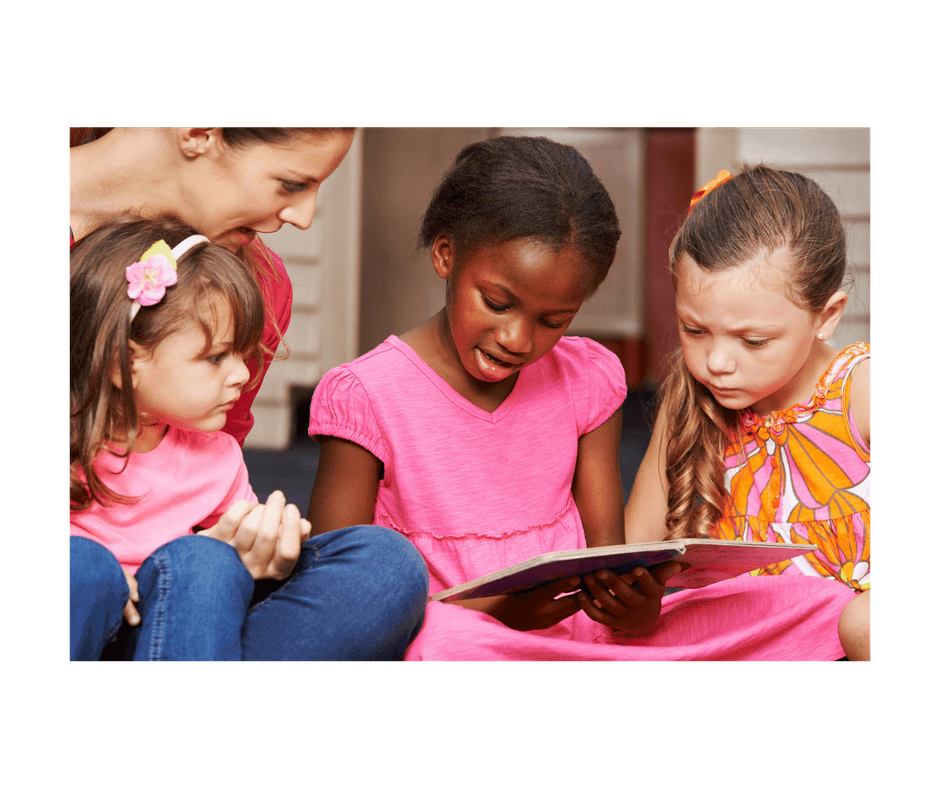
4. My child is the bully. What to do?
If your child seems to enjoy attacking others, pay close attention. Talk to her and explain that the behavior is not acceptable. Let her understand that being rude will make her lose friends. Set up play dates with adult supervision, where you can observe and help your preschooler. If the shaming and insulting continues, talk to a therapist. The therapist can have your child in the office for some “play therapy” or your child can join our “Little Friends Group” in our after school program.
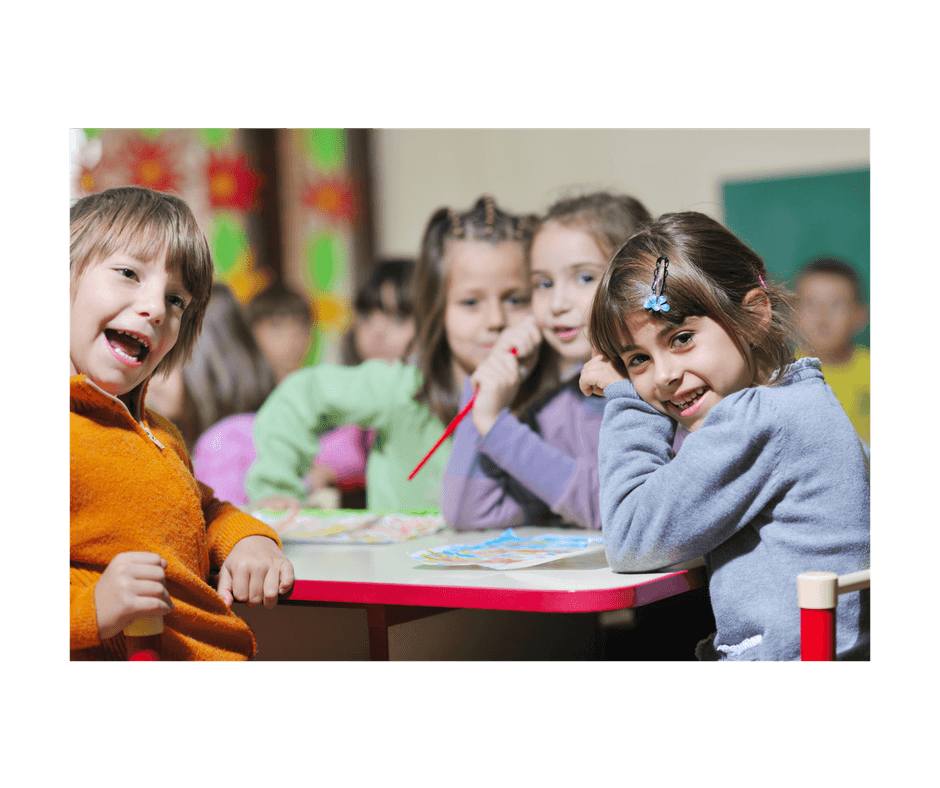
Don’t overlook bullying during early childhood. Both bullied and bully suffer consequences. Bullied preschoolers can develop a lack of self-esteem and trust; which can reflect in social life and connecting with peers in the future. And the bullies can choose to engage in further violent behaviors when they grow up.
Written by: Marilee Hartling & Paula Boscardin
Sources and citation:
(1) https://www.ncbi.nlm.nih.gov/pmc/articles/PMC2277292/
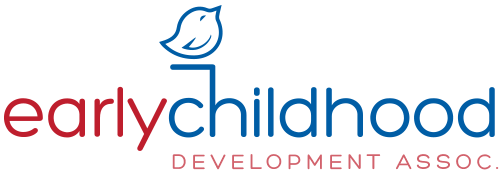
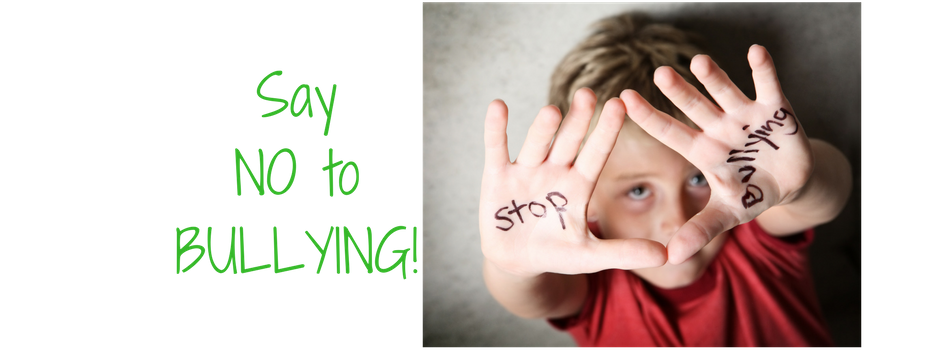
Recent Comments